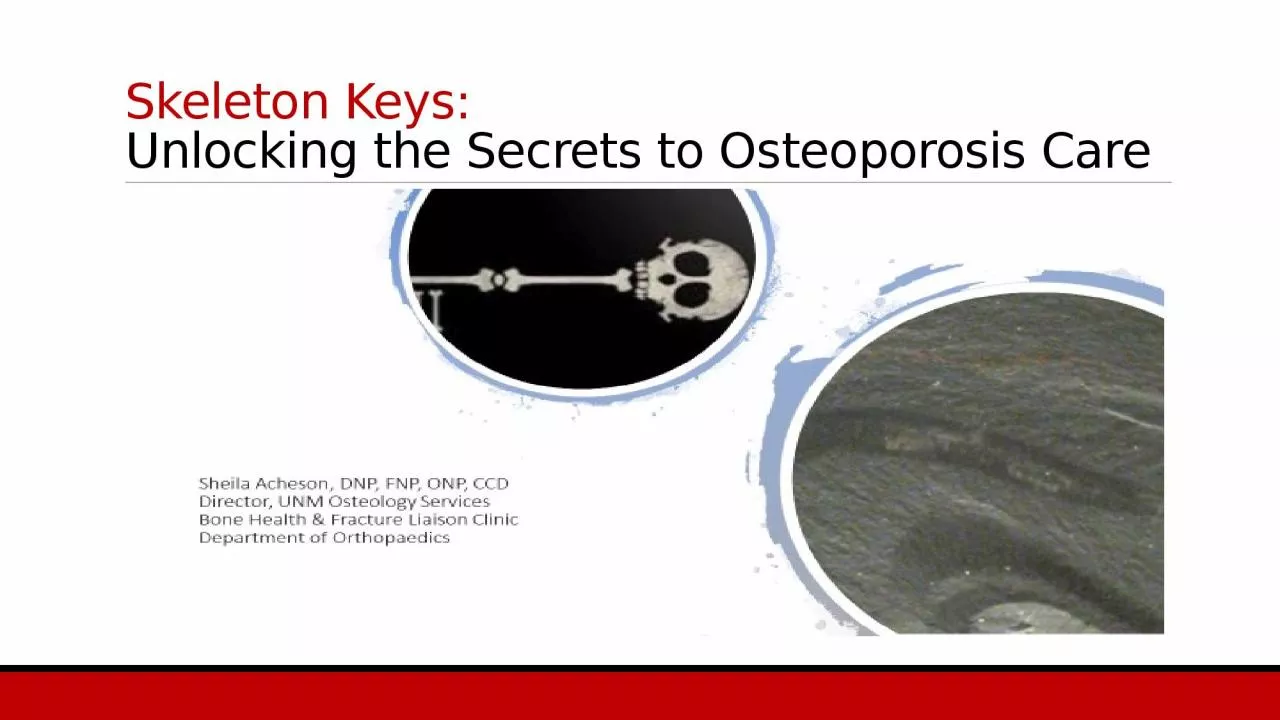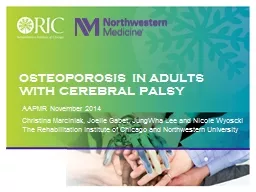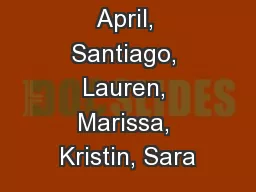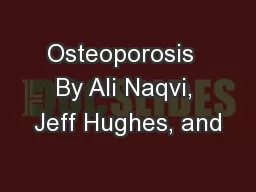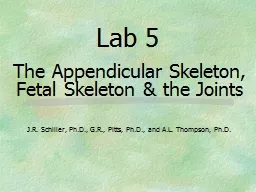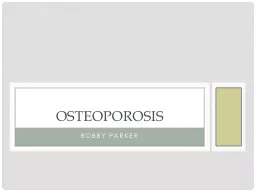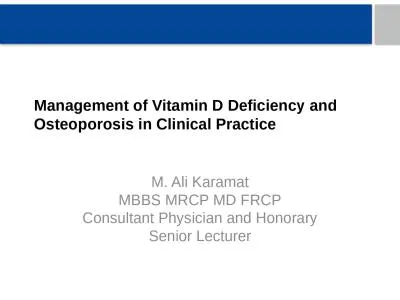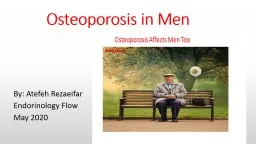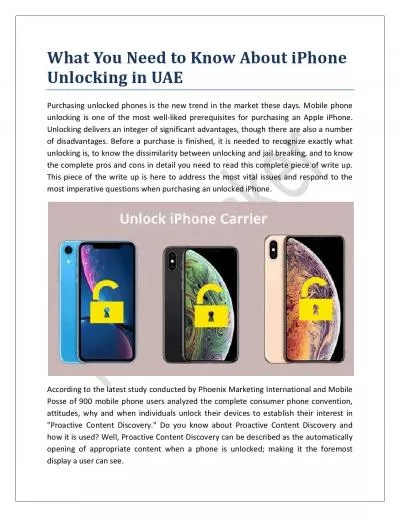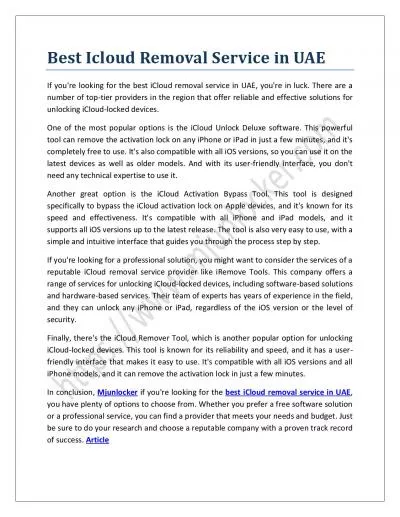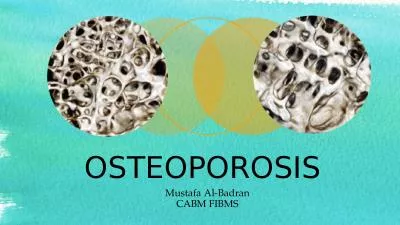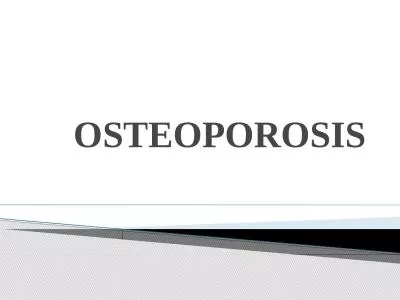PPT-Skeleton Keys: Unlocking the Secrets to Osteoporosis Care
Author : taylor | Published Date : 2024-02-16
Case Study Mary 77 yo F Active w routine WB and resistance exercise No prescription mediation Healthy weight healthy diet She does have a disorder of proprioception
Presentation Embed Code
Download Presentation
Download Presentation The PPT/PDF document "Skeleton Keys: Unlocking the Secrets to..." is the property of its rightful owner. Permission is granted to download and print the materials on this website for personal, non-commercial use only, and to display it on your personal computer provided you do not modify the materials and that you retain all copyright notices contained in the materials. By downloading content from our website, you accept the terms of this agreement.
Skeleton Keys: Unlocking the Secrets to Osteoporosis Care: Transcript
Download Rules Of Document
"Skeleton Keys: Unlocking the Secrets to Osteoporosis Care"The content belongs to its owner. You may download and print it for personal use, without modification, and keep all copyright notices. By downloading, you agree to these terms.
Related Documents

